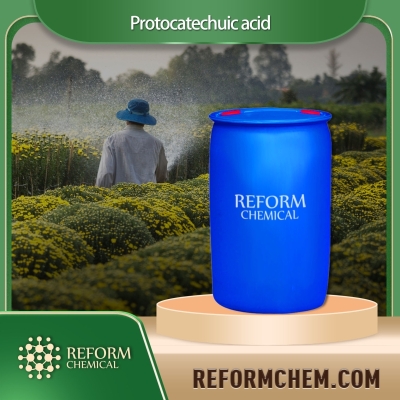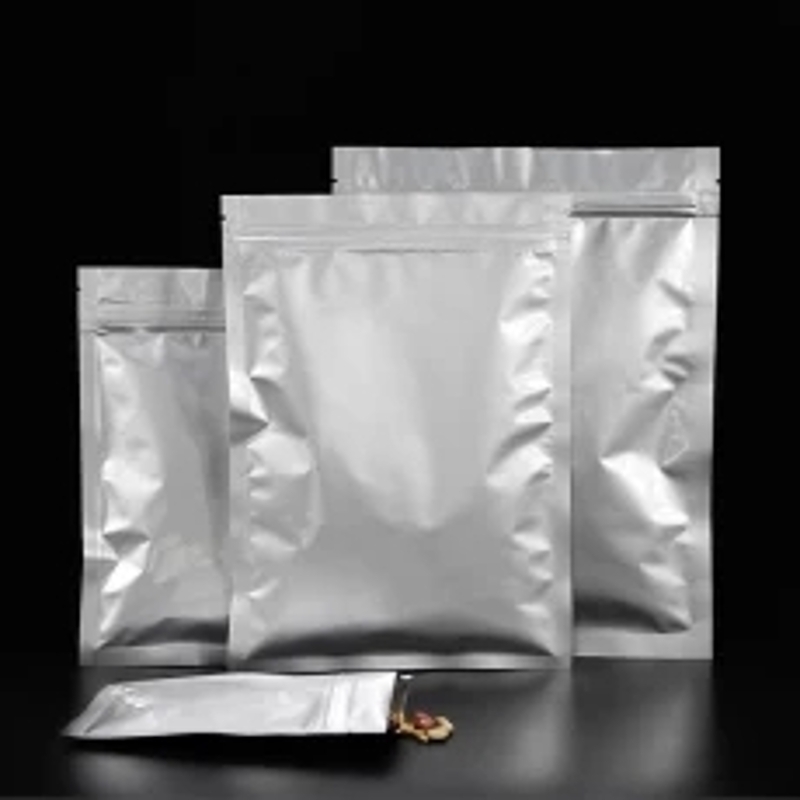What are the medical uses of Polygonum sibiricum?
-
Last Update: 2020-04-03
-
Source: Internet
-
Author: User
Search more information of high quality chemicals, good prices and reliable suppliers, visit
www.echemi.com
Polygonum aviculum is a kind of perennial plant, which has many names such as knot grass, bird grass and pig grass Because of its astringency, it is a common herb in the field of herbal medicine It is for this reason that Polygonum sibiricum has been used to treat dysentery, hemorrhoids, diarrhea, chronic venous insufficiency, internal and external bleeding and other diseases Modern herbal experts believe that this herbal medicine has the functions of diuresis, skin moistening, promoting stomach acid, eliminating phlegm, anti-inflammatory, nourishing the heart, vasoconstriction, reducing fever, promoting wound healing and anti parasite Tonsil is also used to treat a variety of lung diseases because the plant contains high concentrations of silicic acid, which strengthens the connective tissue of the lungs In the past, because of its diuretic effect, people used it to expel kidney stones and treat hypertension and edema As a hemostatic for the treatment of chronic venous insufficiency, the extract of the plant also has a certain effect on varicose veins However, there is no evidence that this herbal medicine has therapeutic effect on chronic varicose veins At present, there is a scientific basis for the treatment of dysentery with Polygonum oblatum paste, and there are many experimental results also confirmed that this traditional prescription is effective Although all parts of the plant have medicinal value, leaves are most useful in the treatment of parasitic infections, edema and skin diseases The juice of Polygonum sibiricum is mainly used for the treatment of phlegm cough, and has vasoconstrictive effect The seeds of Polygonum viviparum are toxic and their toxins have been used in the past to help patients who ingest poison induce vomiting or diarrhea Although it is a rich source of zinc, it also contains large amounts of oxalic acid (as in raw spinach and rhubarb) In addition to interfering with the absorption of some nutrients in the intestine, oxalic acid can also aggravate the symptoms of gout, rheumatoid arthritis and kidney stones in patients with certain diseases However, cooking the plant significantly reduces the oxalic acid content, making it relatively safe to use.
This article is an English version of an article which is originally in the Chinese language on echemi.com and is provided for information purposes only.
This website makes no representation or warranty of any kind, either expressed or implied, as to the accuracy, completeness ownership or reliability of
the article or any translations thereof. If you have any concerns or complaints relating to the article, please send an email, providing a detailed
description of the concern or complaint, to
service@echemi.com. A staff member will contact you within 5 working days. Once verified, infringing content
will be removed immediately.







